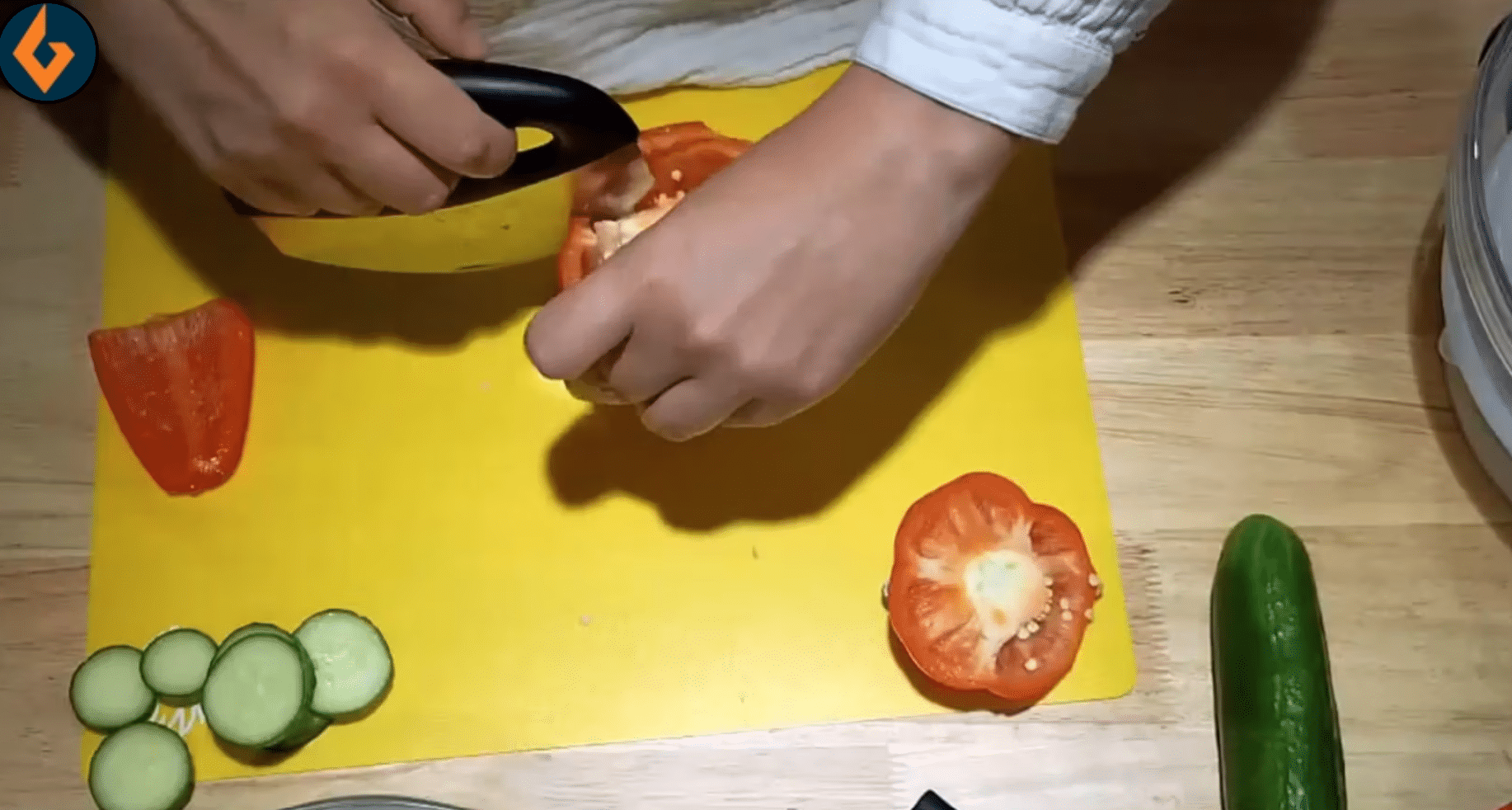Navigating the kitchen just got a whole lot easier, thanks to these tips, tricks and tools that will make it easier to prepare, cook and eat your favorite meals.
Cooking is a part of our everyday lives, whether we do it out of necessity or as a way to relax or be creative with new ingredients.
But for those living with Parkinson’s disease, it can be challenging to prepare and eat your favorite meals if you struggle with tremors, rigidity, balance, gait, coordination and other symptoms.
Fortunately, there are new tools and tips that will make cooking and eating with Parkinson’s disease easier and more fun. Here are a few suggestions.
Get a grip.
Look for tools and utensils with big, cushioned handles. There are many discount and home goods stores, supermarkets and online specialty stores that carry a range of cushioned cooking tools from potato peelers and spatulas to whisks, serving spoons, spice grinders and more.
You should also look for weighted tools that will help you keep a steady hand or bendable utensils that make it easier to put food into your mouth.
For those with seriously limited hand function or a weak grasp, look for a hand clip or cuff, such as this Universal Quad Cuff, that wraps around your palm and can be adjusted to fit different shaped handles.
Take the DIY route.
If it’s not within your budget to purchase all new kitchen supplies, why not make some yourself? Pick up some foam tubing for utensils that is slip-resistant, non-absorbent and dishwasher safe. (They look like miniature pool noodles.)
Simply slip these over the handles of your forks, knives, spoons and other cooking gear. You can buy them in different sizes and shades, giving you the opportunity to color-code your kitchen items, making it easier to organize and find them in your drawers.
Let’s say you’re eating out and don’t have PD-friendly utensils available to you. Consider keeping those old-fashioned, foam hair rollers you can get at the dollar store in your bag or car. Pull off the foam part and fashion it over the slender metal handle of your eating utensil. This hack also works well on pens, pencils, toothbrushes, etc.
Show those bottles who’s boss.
Prying open that pickle jar is a pain for anyone, regardless if you have Parkinson’s.
There are many different bottle openers on the market depending on your needs. There are multi-function jar openers that fit a variety of jar sizes. There are devices that can be mounted to the underside of your cabinet to break the seal and open lids. You could also pick up some silicone jar grippers or gloves to twist open bottles and jars.
If you’re struggling to open soda cans with your fingernail, all you need is one of your cushion-handled forks. Place the prongs of the forks under the tab of the can to lift and open. If you struggle with canned goods that don’t have peel-off tabs, invest in an electric can opener. Prices start as low as $15, and believe us, they are worth the purchase.
Cut it out.
If you struggle with tremors or gripping, you’ll want to be extra careful working with knives. Stay safe by using a rocker or T-handled knife, or a two-handled knife, instead of a traditional straight knife with one handle.
Rocker or T-handled knives allow you to get a better grip on the handle. Plus, you can get a seesaw motion going with the rocker knife and use less energy than what’s required with a straight knife. Just be sure to wear cut-resistant gloves when using any knives or sharp objects.
There are also adaptive cutting boards on the market that have built-up sides and non-slip backing to help keep items in place when cutting. Some cutting boards also have small, metal spikes built in to hold food in place while you slice.
Keep in mind that there are a ton of gadgets on the market that replace the need for knives in most cases. When it comes to chopping, slicing, dicing and mincing, there are manual and electric vegetable choppers and food processors available at various prices. These handy kitchen gadgets inevitably save you time and energy, while keeping you safe.
Avoid messy situations.
They might be a little pricier than the standard hand mixers of our youth, but stand up mixers are a good investment not only financially but mentally. They stay in place, don’t cause a mess, and will do the hard work for you. You just throw the ingredients in and push a button.
If stand up mixers are not an option for you at this time, look for pot stands and dishware with suction cups at the bottom that will stick to the counter and stay firmly in place while you stir. The nonslip material Dycem can also be cut to size and placed under a bowl or plate to keep them from moving around.
You also might consider buying some scoop plates or dishes with high sides. You could also buy a dishwasher-safe plate guard. These fit on most plate sizes so you can take them with you when you eat away from home.
When you push the food up against the guard with a fork or spoon, it falls onto the utensil—even those pesky peas. They also prevent you from accidentally knocking food off the side of the plate.
Take your food on the move.
Last but not least, if you struggle with balance or gait, we found the miracle kitchen tool for you. Tray trolleys are like a shelving unit on wheels. They provide the same support as a walker but with the added bonus of containing two or more flat trays where you can place plates, cups and pots.
They’re quite similar to bar carts (or canarble wagons if you’re from the Chicago area), which were a home and office staple circa the 1950s and ’60s. If they are out of your price range at this time, look for gently used trolleys at yard sales and thrift stores.
With your tray trolley, you can move around the kitchen with ease without worrying about spills or falls. And if you’re cooking for your family or guests, you can bring several items from the kitchen to the dining room simultaneously.
Now that you have the tools, tips and tricks you need to navigate the kitchen, it’s time to take the fear out of cooking with Parkinson’s and replace it with fun.
Good luck and Bon Appétit!
By Kathryn Jones



